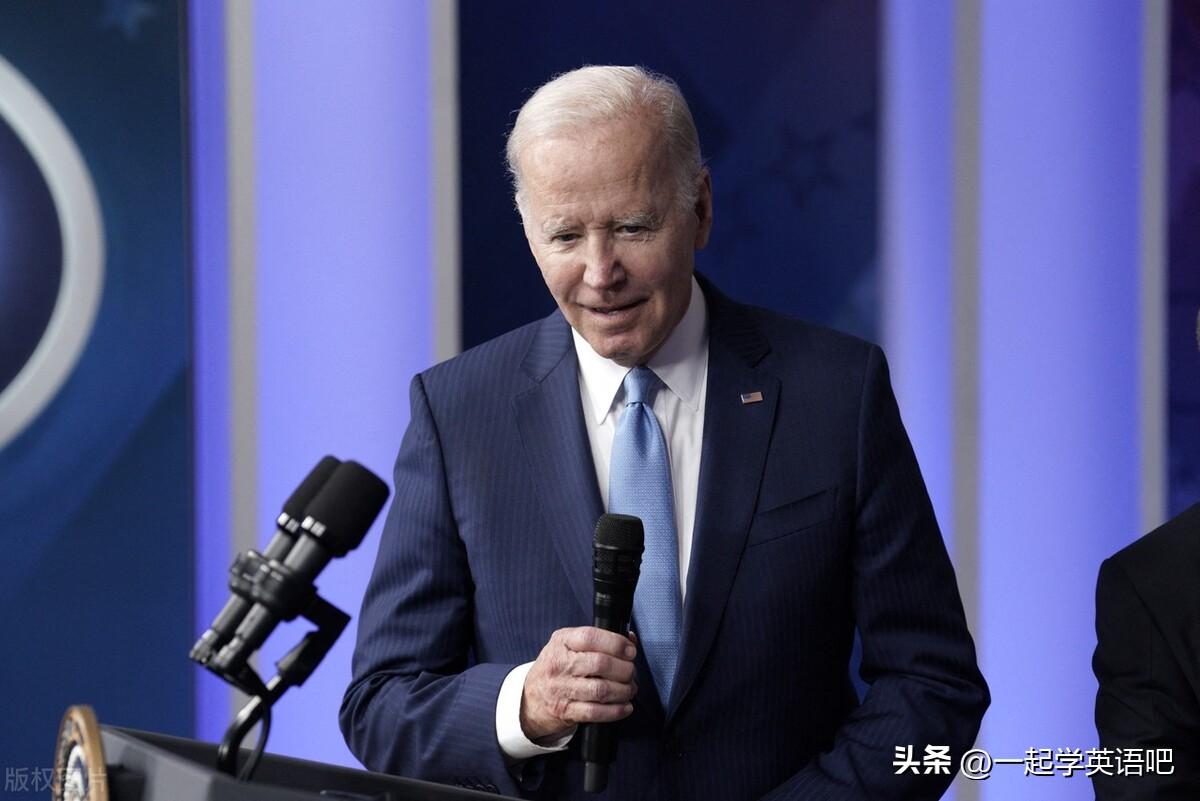Exploring the Impact of Student Loan Forgiveness Organizations on Financial Freedom
#### Introduction to Student Loan Forgiveness OrganizationsStudent loan forgiveness organizations play a crucial role in alleviating the financial burden fa……
#### Introduction to Student Loan Forgiveness Organizations
Student loan forgiveness organizations play a crucial role in alleviating the financial burden faced by millions of borrowers in the United States. With student debt reaching unprecedented levels, these organizations offer various programs designed to help individuals manage and ultimately eliminate their student loans. Understanding how these organizations operate and the options they provide can empower borrowers to make informed decisions about their financial futures.
#### The Importance of Student Loan Forgiveness
Student loan forgiveness is essential for many individuals who struggle to repay their loans, especially those who have pursued higher education in fields with lower earning potential. The rising costs of education have led to a significant increase in student debt, making it difficult for graduates to achieve financial stability. Student loan forgiveness organizations aim to address this issue by providing pathways to loan discharge, often based on specific criteria such as employment in public service or participation in income-driven repayment plans.
#### Types of Student Loan Forgiveness Programs
There are several types of programs offered by student loan forgiveness organizations. These include:

1. **Public Service Loan Forgiveness (PSLF)**: Designed for individuals working in qualifying public service jobs, this program forgives the remaining balance on Direct Loans after the borrower has made 120 qualifying monthly payments.
2. **Teacher Loan Forgiveness**: Educators who teach in low-income schools may qualify for forgiveness of a portion of their Direct Loans or Stafford Loans after five years of service.
3. **Income-Driven Repayment (IDR) Forgiveness**: Borrowers enrolled in IDR plans may have their remaining loan balance forgiven after 20 or 25 years of qualifying payments, depending on the plan.
4. **State-Specific Programs**: Many states offer their own loan forgiveness programs targeting specific professions, such as healthcare or law enforcement, to encourage graduates to work in underserved areas.
#### How to Find and Apply for Forgiveness Programs
Navigating the landscape of student loan forgiveness can be overwhelming. Here are steps borrowers can take to find and apply for these programs:
1. **Research Available Programs**: Start by researching the various student loan forgiveness organizations and the programs they offer. Websites like the U.S. Department of Education and nonprofit organizations provide valuable information.
2. **Check Eligibility Requirements**: Each program has specific eligibility criteria. Carefully review these requirements to determine which programs you qualify for.
3. **Gather Necessary Documentation**: Prepare any required documentation, such as employment verification forms or proof of qualifying payments, to streamline the application process.
4. **Submit Your Application**: Follow the application instructions provided by the organization. Ensure that all information is accurate and complete to avoid delays.
5. **Stay Informed**: Keep track of any changes to student loan forgiveness programs, as policies can evolve. Sign up for newsletters or alerts from relevant organizations to stay updated.
#### Conclusion: The Future of Student Loan Forgiveness Organizations
As the conversation around student debt continues to grow, student loan forgiveness organizations remain pivotal in shaping financial futures for borrowers. With ongoing advocacy for policy changes and increased funding for forgiveness programs, these organizations are essential in the fight against student debt. By understanding the available options and actively engaging with these organizations, borrowers can take significant steps toward financial freedom and a brighter future.